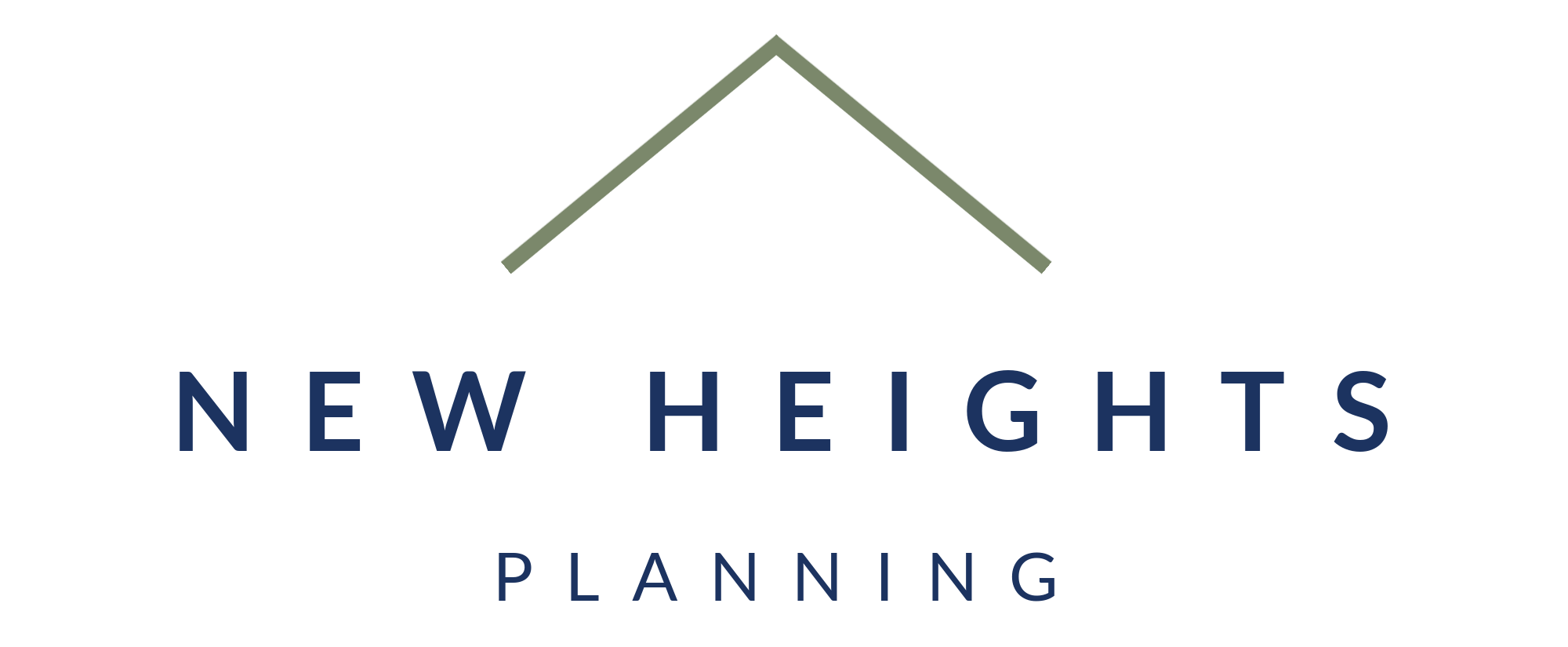Leaving Shell – Provident Fund Benefit Restoration Plan
Leaving Shell – Provident Fund Benefit Restoration Plan
Full Transcript:
Why do I have a PF-BRP account next to my Shell 401(k), and what do I need to do with this?
In my last video, I talked about the options that you have for your Shell 401(k) when you leave Shell. Now, today I want to talk about another account that high-earning Shell professionals will have: The Provident Fund Benefit Restoration Plan, or the PF-BRP for short. Now, this BRP account, we’re going to talk about why you have it, what happens to this money when you leave Shell, and two things to consider now.
First, let’s talk about why you have it. Shell has an excellent company contribution to your 401(k). Shell will put in up to 10% into your 401(k), based on your years of service. Now, this contribution is on your base and bonus and this year is capped once your compensation hits $345,000. Therefore, the max company contribution to your 401(k) this year is $34,500. Now, once you exceed $345,000 in compensation, Shell continues making your 10% company contribution, but they do so in the form of a credit to your BRP account. So, at that point, this account appears at Fidelity. Now, let’s talk about what happens with this account when you leave.
When you want to take a distribution, there are two types of funds within the BRP. These funds are based on when the money went in. There is “New Money” and “Old Money.” Most people now will have “New Money” funds within their BRP. So, with your “New Money” funds, you don’t have any control on the distribution. When you leave Shell, it’s a lump sum payment and that is within about 90 days from your last day on payroll.
Now, if you happen to have “Old Money,” you can make an election to determine when you get your benefits. Now, make sure you make that election in a timely manner before you leave Shell. One advantage of the election, of course, is you can spread those payments out over multiple tax years, hopefully lowering your effective tax rate.
Now, lastly, let’s talk about two things you should consider doing now if you have a BRP account. First and foremost, consider frontloading the contributions to your regular 401(k). Once you hit this limit, which generally happens, especially with the big bonus year, your contributions are cut off. Many times high-earning professionals do not actually get the maximum into their 401(k), even though they think they’re going to.
The second thing you should look at is your BRP investments. The default investment is a target date fund. I encourage you to look at your BRP investment options, which are very similar to your 401(k) options, and ensure that you’re selecting the best investments to meet your goals, and these are integrated with your entire investment portfolio.
Now, as your income goes up, so does your financial complexity and the impact your decisions make. I encourage you to share these videos with others and like them on social media, so more people are aware of these concepts.



